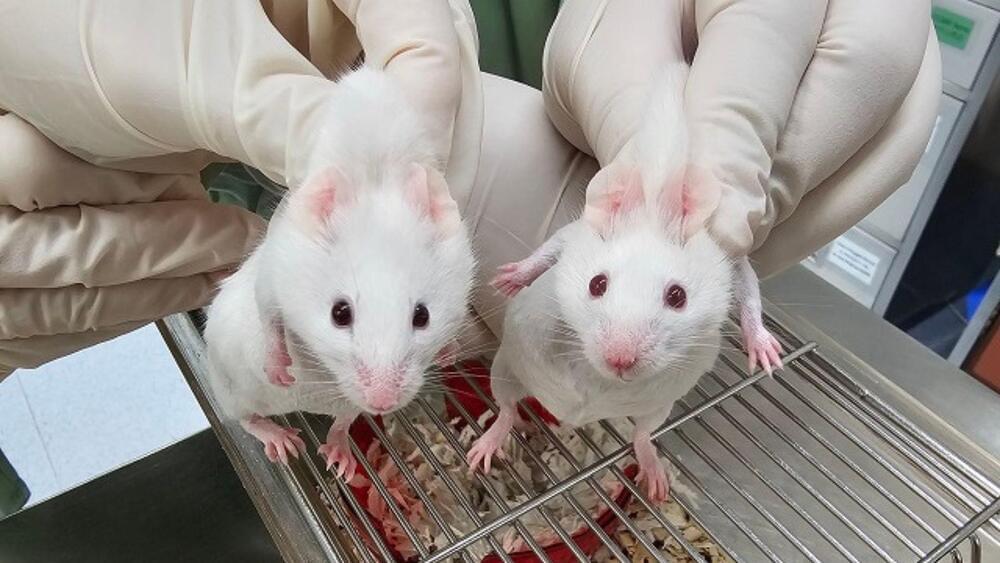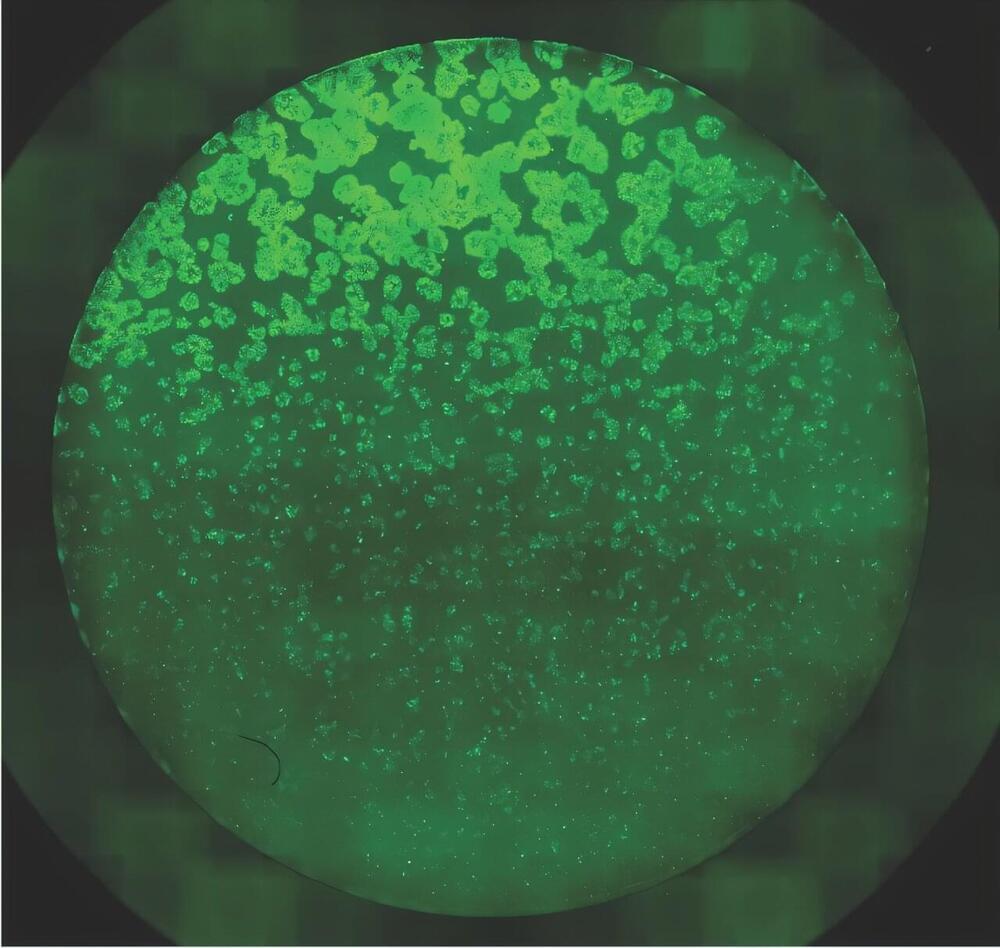We were honored to have the brilliant Dr. David Sinclair PhD present a new perspective on his Information Theory of Aging during our longevity research hackathon at MIT Media Lab, from October 2024.
Follow Dr. David Sinclair and his groundbreaking work here:
• Harvard Lab: https://sinclair.hms.harvard.edu/peop…
• X (Twitter): https://twitter.com/davidasinclair.
• Instagram: / davidsinclairphd.
• Site: https://davidasinclair.com.
• Order his best-selling book Lifespan: https://lifespanbook.com.
More about our research hackathon here: https://lu.ma/minds.
Our collaborator Augmentation Lab: https://augmentationlab.org.
Special thanks to our generous sponsor David Protein: https://davidprotein.com.
Useful Links:









